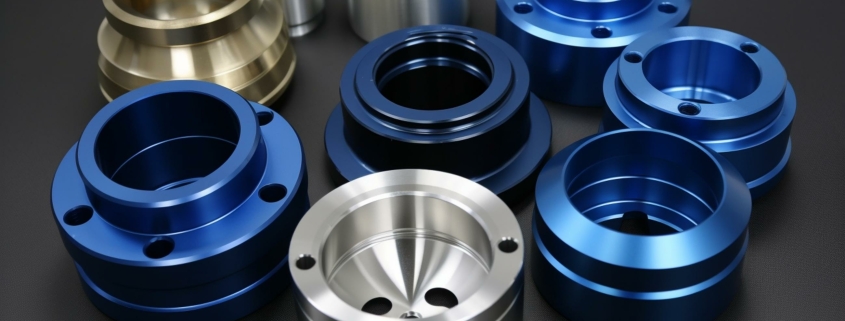In today’s fast-paced manufacturing environment, the ability to swiftly and accurately develop prototypes is crucial. At Acrylic Art, we leverage advanced CAD/CAM (Computer-Aided Design and Computer-Aided Manufacturing) technologies to enhance our prototype development process, ensuring precision, efficiency, and high-quality outcomes for our clients.
Understanding CAD/CAM in Prototype Development
CAD/CAM systems integrate design and manufacturing processes through computer-based tools. CAD software enables the creation of detailed 2D and 3D models, while CAM software translates these designs into machine instructions for production. This seamless integration facilitates a streamlined workflow from initial concept to final prototype.
Advantages of CAD/CAM Assistance in Prototyping
Implementing CAD/CAM assistance in prototype development offers several key benefits:
- Enhanced Precision: CAD software allows for meticulous design specifications, ensuring prototypes meet exact dimensions and tolerances. This precision is vital for components requiring tight tolerances.
- Improved Efficiency: The integration of CAD and CAM reduces manual interventions, accelerating the transition from design to production. This efficiency leads to faster turnaround times and cost savings.
- Flexibility in Design Modifications: CAD systems facilitate easy adjustments to designs, enabling rapid iterations and refinements without extensive rework. This flexibility is crucial for accommodating client feedback and evolving project requirements.
- Consistency and Repeatability: CAM software ensures that manufacturing processes are consistent, producing prototypes that adhere to design specifications across multiple iterations. This consistency is essential for maintaining quality standards.
CAD/CAM Capabilities at Acrylic Art
At Acrylic Art, we offer comprehensive CAD/CAM services to support our clients’ prototype development needs:
- In-House CNC Programming: Our skilled technicians utilize advanced CAM software to program CNC machines, enabling precise and efficient manufacturing of complex geometries.
- Cost-Effective Prototype Machining: We provide machining services that balance quality and affordability, making high-quality prototypes accessible to a wide range of clients.
- Rapid Prototype Delivery: Leveraging our integrated CAD/CAM systems, we expedite the prototype development process, ensuring timely delivery without compromising quality.
Real-World Applications
Our CAD/CAM-assisted prototype development has been instrumental in various projects:
- Medical Devices: We have developed precise prototypes for medical instruments, ensuring they meet stringent industry standards.
- Biotechnology Equipment: Our team has created complex components for biotech applications, facilitating advancements in research and development.
- Semiconductor Components: We have produced prototypes for semiconductor manufacturing, adhering to the high precision required in this sector.
Partnering with Acrylic Art for Your Prototyping Needs
By integrating CAD/CAM assistance into our prototype development process, Acrylic Art delivers high-quality, precise, and efficient solutions tailored to your specific requirements. Our commitment to leveraging advanced technologies ensures that we meet and exceed your expectations in every project.
Contact us today to discuss how our CAD/CAM-assisted prototype development services can benefit your next project.





